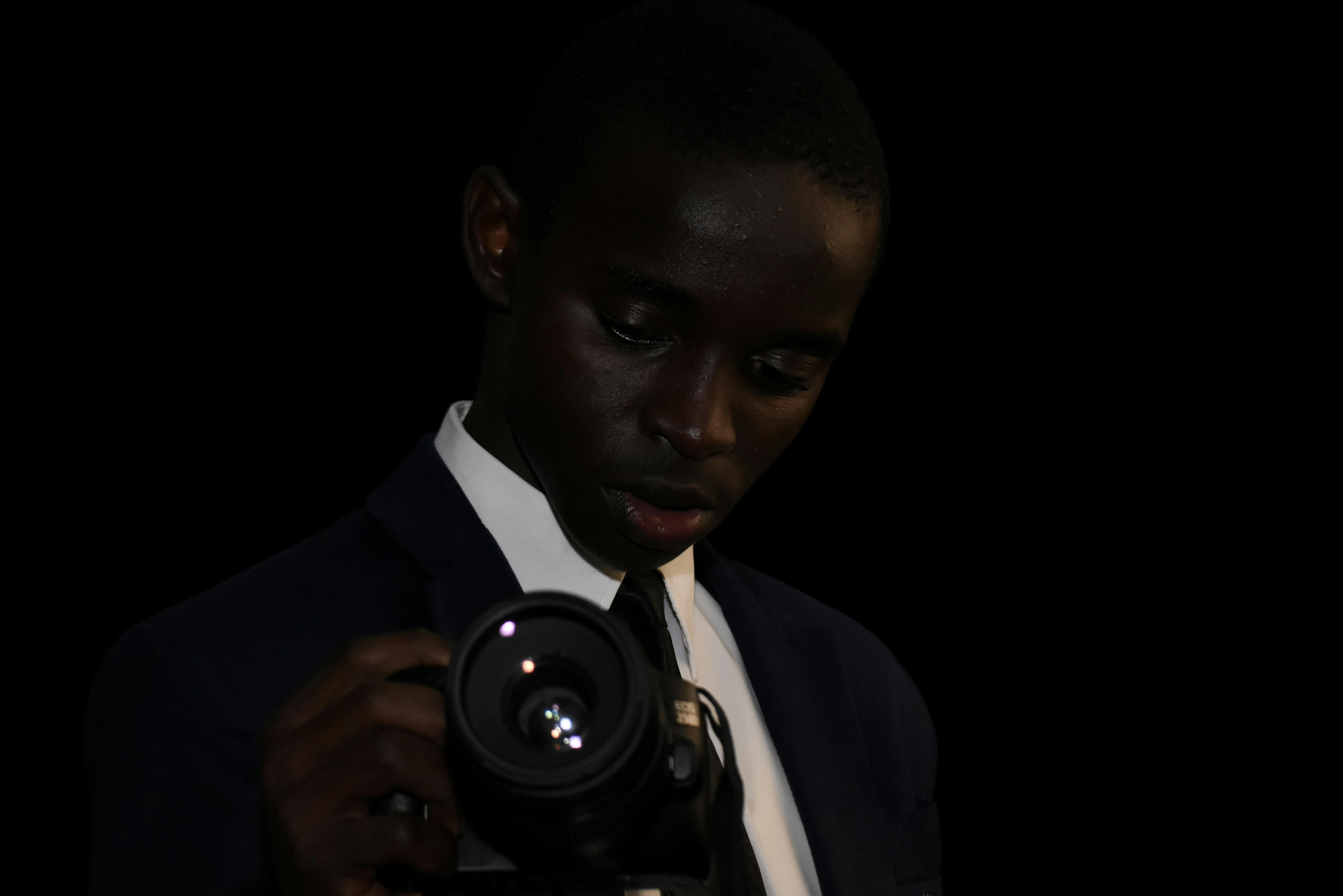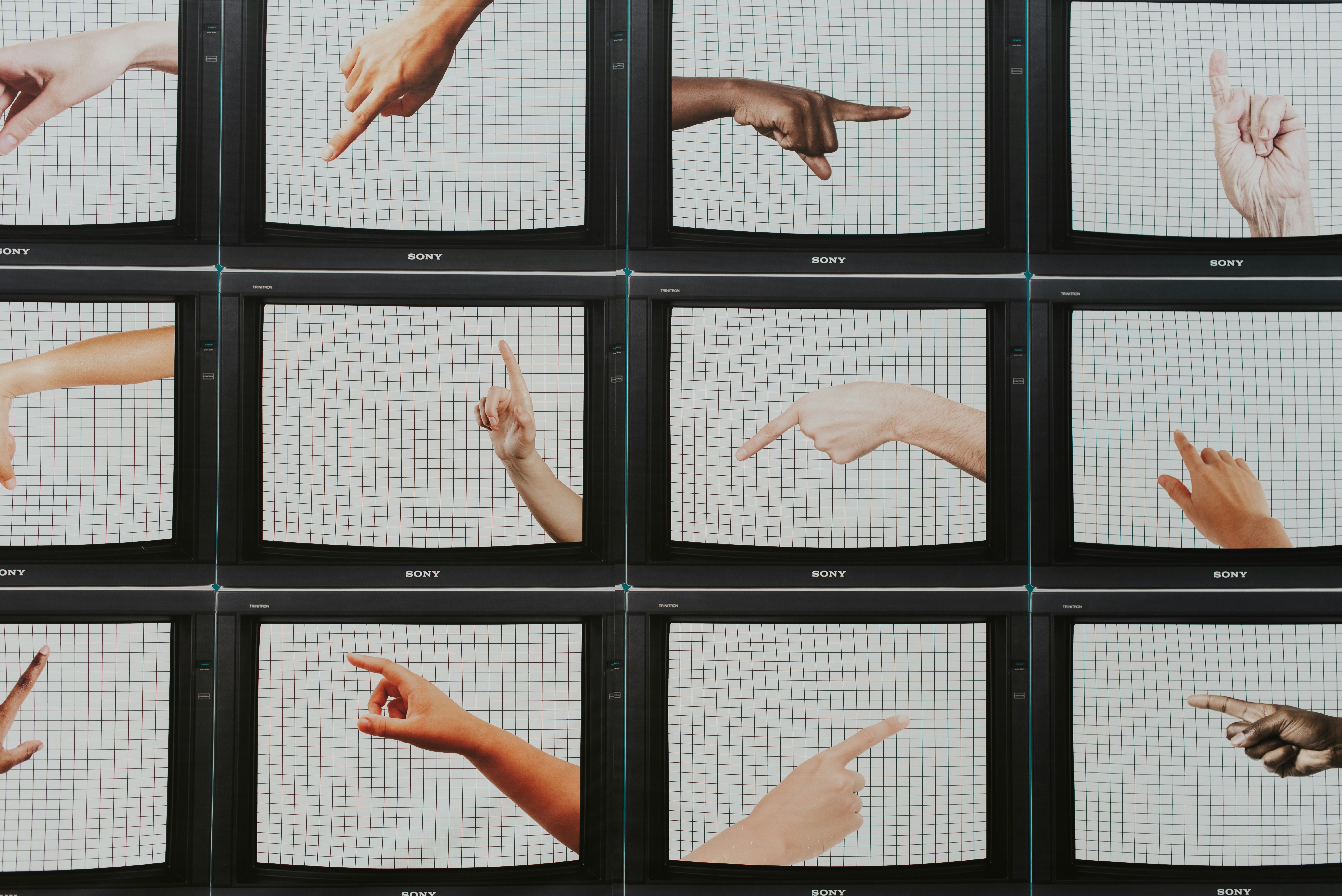Discover How Audio Cues Transform Your Photography: Engage & Create
Imagine standing on a beach at sunset, the gentle lapping of waves harmonizing with the distant cries of seagulls. You lift your camera to capture the moment, but it's not just the visual scenery inspiring you. The audio landscape is equally crucial, forming an unseen layer that can transform your photographic narrative. In this exploration of sound in photography, we’ll uncover how audio cues influence visual composition and how you can harness this interplay to elevate your work to exceptional levels.
Why Sound Matters in Photography
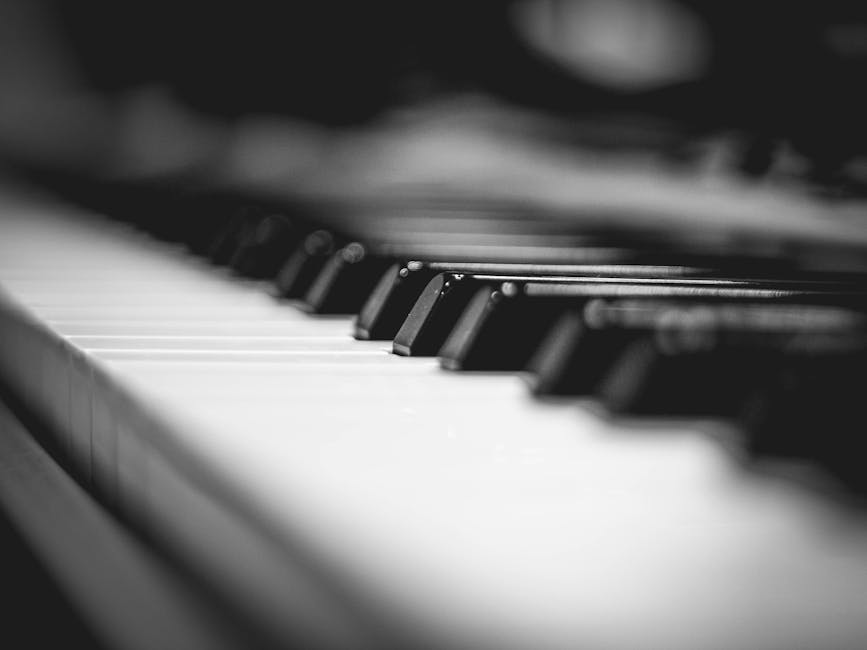
Most of us view photography through a visual lens—lights, shadows, and angle—but what if we stepped away from sight for a moment? What if we paused to listen? The art of sound, often neglected, plays a pivotal role in shaping how we perceive images and can significantly enhance your photographic experience.
Sound can evoke emotions, stir memories, and transport viewers to the moment captured in a photograph. Just as a symphony can paint a picture in your mind's eye, the nuances of sound can lead to deeper engagement with your visuals. This synergy creates powerful imagery that resonates with audiences on an emotional and sensory level, making your photography memorable.
Audio Cues: The Unseen Influencers

Consider the sounds associated with various environments—a bustling urban street, a serene forest, or a lively café. Each auditory element not only sets the mood but can also guide your visual storytelling. Let's examine how integrating sound can help establish context, mood, and emotional resonance in your compositions.
Enhancing Mood and Atmosphere

Noisy urban environments can inspire vibrant, dynamic imagery that speaks to busyness and life. In contrast, capturing the tranquility of a foggy morning can evoke calm. The associated sounds—city buzz or nature’s silence—help reinforce the narrative tied to your images, creating an immersive experience for the viewer.
For example, when photographing cityscapes, consider using soundscapes of urban life (like honking cars or distant chatter) as a backdrop to visualize the fast-paced rhythm of city life. Your shots can embody the essence of the environment, providing layers of context beyond what can be seen.
Emotional Resonance Through Sound

Did you know that sound has a direct impact on our emotions? A study published in the Harvard Business Review found that auditory experiences can significantly influence our feelings and perceptions of visual stimuli. By leveraging this relationship, photographers can evoke specific emotions through their work.
When capturing portraits, think about the sounds that might characterize a subject or setting. A lively café atmosphere filled with laughter and clinking cups can create an inviting backdrop for your subject, subtly suggesting warmth and camaraderie—even before the viewer reads any captions or context.
Connecting Sound and Visual Elements
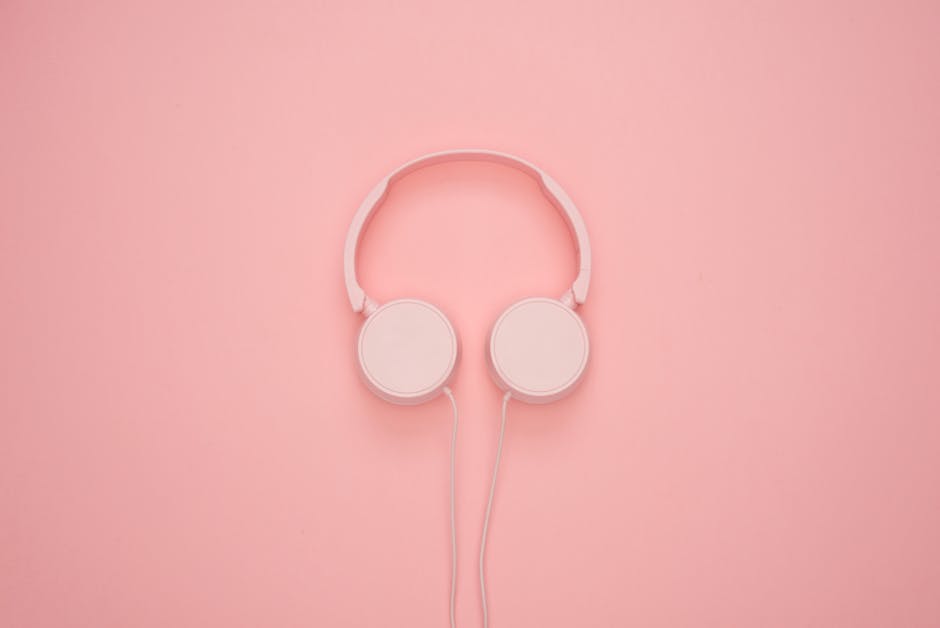
The connection between sound and visual elements can be especially powerful. Let’s explore how different aspects of your photographic journey can incorporate sound to enhance your visual composition.
Sound as Inspiration

Take a moment to consider how sound can shape your idea generation process. When developing concepts for your photos, find inspiration in sound. Whether it’s music guiding your mood or nature’s symphony triggering a sense of place, let these auditory elements inform your visual storytelling.
Imagine you’re headed out for a hike and you start your day with calming acoustic music. This auditory experience might encourage softer tones and more serene compositions during your adventure. Alternatively, if you begin with energetic beats, you may find yourself gravitating toward dynamic angles and bold colors in your photographs.
Syncing Sound with Light

The interplay between sound and light can turn a good photograph into a spectacular one. For example, consider the early morning sounds of birds chirping, announcing a new day. If you're photographing a sunrise, that auditory cue can push you to embrace soft, golden light, creating an ethereal atmosphere. When you combine light and sound effectively, you craft a narrative filled with depth and meaning.
Practical Techniques to Utilize Sound in Your Photography
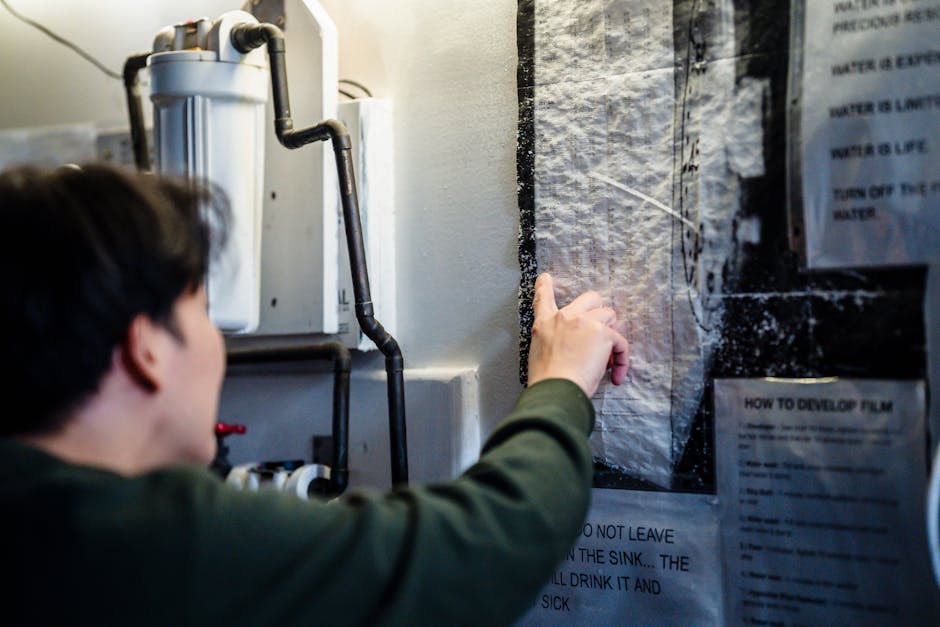
Integrating sound into your photographic practice doesn't need to be complicated. Here are practical techniques to harness audio cues effectively as you create:
1. Create a Soundtrack for Your Shoot
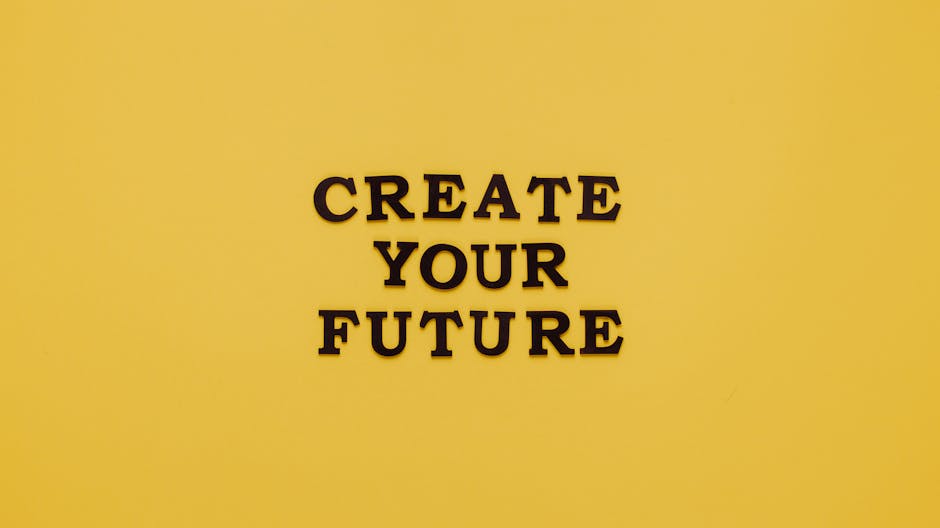
Before you head out to shoot, curate a playlist that reflects the mood or theme of your photography session. Whether it’s a playlist of ambient sounds, soothing music, or energetic rhythms, let it be your auditory backdrop. This soundtrack can help stimulate creativity and inspire attitude towards your shoot.
2. Immerse Yourself in Natural Soundscapes
When you're on location, take a moment to pause and listen. Record ambient sounds with tools like a portable audio recorder or even your smartphone. These sounds can serve as the foundation for your editing process, influencing the atmosphere you seek to create. For instance, if you go about capturing the essence of nature, consider sitting quietly and absorbing the rustles of leaves or babbling brooks before snapping away.
3. Use Sound in Editing
When it comes to presenting your work, consider incorporating audio within digital presentations or online portfolios. Pair your photography with complementary soundscapes, enriching the viewer’s experience and drawing them into your narrative. By associating specific images with sound, you enhance their emotional impact and resonance.
An Example of Sound’s Influence in Photography
Let’s delve into an impactful example of sound influencing visual composition. Imagine you're documenting a bustling market. The vibrant sounds of haggling vendors, the sizzling of food on hot grills, and the laughter of children fill the air. These audio elements can inform how you capture the energy of that environment.
As you photograph vibrant stalls laden with fresh produce, allow the market's sounds to guide your framing and timing. If the sound of laughter catches your ear, turning to capture that spontaneous moment could lead to an unplanned but fantastic shot of cultural connection that tells deeper stories than mere images could convey.
The Importance of Soundscapes in Storytelling
Incorporating soundscapes into your storytelling endeavors can elevate your role as a photographer. By enhancing the viewing experience, you create a multi-sensory journey, inviting audiences to engage with your work on a level beyond the visual.
Understanding Your Audience
Understanding how sound affects emotions can help you tailor your work to better connect with your audience. Different demographics may respond more significantly to specific auditory cues. Engaging with your audience helps you discover what resonates, allowing you to refine your technique effectively.
Communicating Complexity
Using sound to inform your imagery allows complexity in storytelling. Think about a photo essay where sounds guide viewers through different chapters of a story. A series juxtaposing vibrant urban environments with calming natural landscapes can be underscored with contrasting audio—like busy street noise against soft bird calls. This duality creates a compelling narrative thread that deepens engagement with the viewer.
Thinking Beyond the Click: Embracing Experimentation
As with any art form, the key to growth is experimentation. Don’t shy away from trying new approaches that fuse sound with visual elements. Embrace changes and unexpected turns in your style. Allow sound to influence your work in ways you might not have initially envisioned.
Launching Your Audio-Visual Exploration
If you’re fired up about incorporating audio cues into your photography, here’s a broad exploration plan to get started:
-
Experiment with Different Genres: Explore how diverse auditory themes can shift your photographic direction. Experiment with folk music, urban sounds, and nature audio. Notice how these influence your photo shoot plans.
-
Attend Workshops: Pursue photography workshops focusing on integrating audio and visuals. Engaging in discussions with fellow photographers and sound artists can provide valuable insights.
-
Seek Collaborative Opportunities: Collaborate with musicians, sound artists, or filmmakers. Their unique perspectives could yield compelling results, prompting fresh ideas.
Final Thoughts
As you cut through the noise and explore the depths of your audio-visual storytelling, remember that photography is about more than just visuals. The art of sound in photography can influence your visual compositions and shape memorable narratives that resonate with audiences.
So, grab your camera and embark on this journey of discovery. With sound as your ally, let your photography become an immersive experience that captures the essence of life in all its auditory richness. For additional inspiration, be sure to check out our post on the power of shadows in photography, and delve further into how the sense of touch influences visuals through natural light and shadows.

